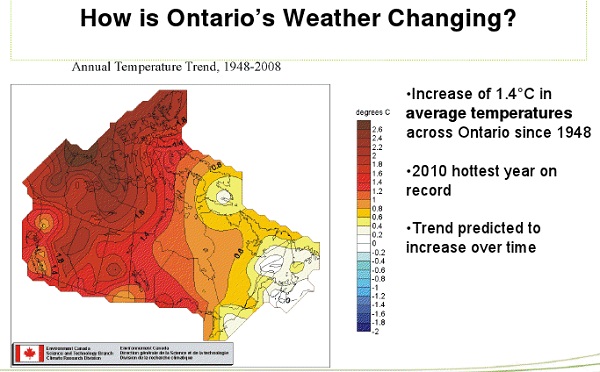Last week I told you about something coming Saturday, March
28th: the Earth Hour Super-Drive, where you can donate food or
clothing and sell your electronic junk to the Barrie Green Party behind 110
Dunlop St. W. between 10 AM and noon. Meet our special guest, Green Party of
Ontario deputy leader Linh Nguyen!
But that’s not the only thing happening this Saturday. There
will also be a community meeting to discuss issues around downtown rooming
houses, and how the community can pull together to overcome some challenges.
This follows from the first meeting that took place on
February 21st, which itself was in response to a tragic violent death
in a nearby rooming house. Hosted by Hope City Church with the support of the
Barrie Community Life Centre and Ward 2 (downtown) Councillor Rose Romita, the
first meeting was very informative and productive.
 |
| Mark Wanzel photo |
Local residents shared their feelings of desperation,
helplessness, anger, or situational hopelessness, and articulated how they feel
“invisible” and trapped in unsafe or substandard living conditions. There was much
talk of how people have to live and how improvements might be made. Some
revelations were shocking, such as the lack of clean-up of the crime scene.
Members of Hope and their supporters committed to caring about these people,
and continuing the discussion, because their desire is to provide spiritual and
emotional care for the residents of the rooming houses, and the surrounding
community, demonstrating to everyone that they are loved and that there is a
community of people who cares for them, and that they have identity, value, and
purpose that supersedes their living conditions.
A big question is how, in the middle of a thriving, growing,
and caring city, there can be a downtown rooming house culture described as
fueled by desperation, resulting in violence and despair, and how we can
overcome this challenge and move forward.
Some first steps have been taken. As an immediate result of
the first meeting, some volunteers stepped forward to get the crime scene fully
cleaned up. Councillor Romita has been working with some of the rooming house
owners on improving conditions, getting some needed repairs done and building
some bridges. There is work to be done by the occupants, too, on taking
ownership of their surroundings and responsibility for their actions, because
only through cooperation can issues around repairs and maintenance truly be resolved.
One of the clearest outcomes of the first meeting was a
desire to continue the discussion. So at this next meeting, people will report
on what has happened since the last one and continue the conversation on how to
move forward. There will be representatives from police and other agencies
there to provide information or answer questions, and there will be food for
participants. Everyone is welcome to attend; this meeting is aimed at all who
care about our downtown and its residents, not just the residents themselves.
So join Hope City Church, Councillor Romita, and the Barrie
Community Life Center at 2 PM this Saturday, meeting at the Central United
Church at 54 Ross Street. You may learn something new, find some way to help,
or even awaken a new calling to build a sharing, caring community together
where no-one is left behind. It’s time to leave behind ignorance and alienation
and forge a new path together.
Published as my Root Issues column in the Barrie Examiner as "Keeping the homelessness conversation going"
Erich Jacoby-Hawkins is a director of
Living Green and the Robert Schalkenbach Foundation.




